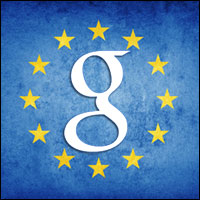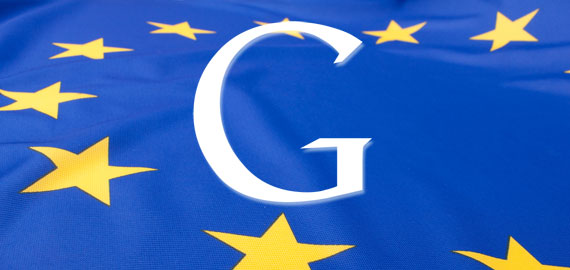 This afternoon on its European Blog, Google’s General Counsel Kent Walker exposed the full text of the company’s third-proposed and tentatively accepted antitrust settlement agreement with European Competition Commissioner Joaquin Almunia. Almunia previously declined to make the full agreement available.
This afternoon on its European Blog, Google’s General Counsel Kent Walker exposed the full text of the company’s third-proposed and tentatively accepted antitrust settlement agreement with European Competition Commissioner Joaquin Almunia. Almunia previously declined to make the full agreement available.
The document, dated January 31, 2014, is quite long (embedded below) and contains extensive examples of how search results will look in Europe under the new agreement. There are the four areas that will see change or modifications, as summarized by Walker in his post:
- Changes to our AdSense terms to make it even easier for publishers to place ads on their sites from multiple providers;
- Changes to our AdWords API terms to make it even easier for software providers to build tools for advertisers to manage campaigns across platforms;
- New rules regarding how we will use website content in vertical search services; and
- Changes to our UI that will give rival services significant prominence (and valuable screen space) on our search results pages.
The screenshot below is taken from an appendix in the document. It reflects one presentation of alternative vertical results or “rival links,” here appearing under Google’s hotel results.

Source: Google
The rival links provision of the agreement was the most contested aspect of the settlement. Objections to the prominence and visual presentation of the rival links derailed Google’s two previous settlement proposals.
Google opponents such as FairSearch.org remain quite critical of the new agreement and want the EU to allow another “market test” (extensive evaluation of the proposal). Previous market tests resulted in calls for further modifications.
Three rival links will appear in prominent positions in organic results or in sponsored results. The document contains detailed discussion of when and where they will appear, which sites and publishers can “apply” to be included and what practices might get publishers ousted. The criteria are fairly extensive.
Here are a few brief excerpts of those discussions:
As indicated, some rival links will be free and some paid. For paid rival links Google will run an auction separate from AdWords. Here’s another excerpt from the agreement discussing the bidding and selection process:
There’s much more discussion of how the auction will work and what content will be permitted. Conceptually it’s very similar to AdWords with some externally imposed constraints on pricing/bidding.
We’ll have more to say once we’ve been able to read the document more carefully. In the interim you can read it all yourself, below:
Google commitments full_2014 from gesterling
Contributing authors are invited to create content for Search Engine Land and are chosen for their expertise and contribution to the search community. Our contributors work under the oversight of the editorial staff and contributions are checked for quality and relevance to our readers. The opinions they express are their own.



